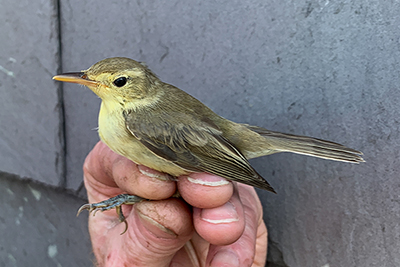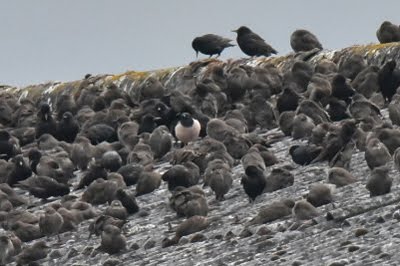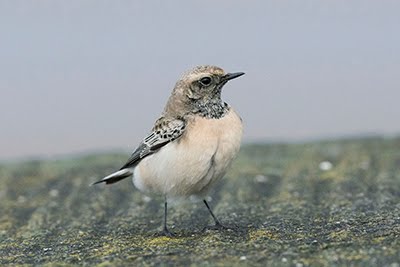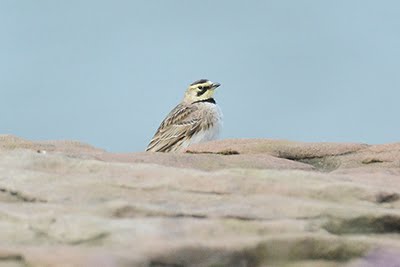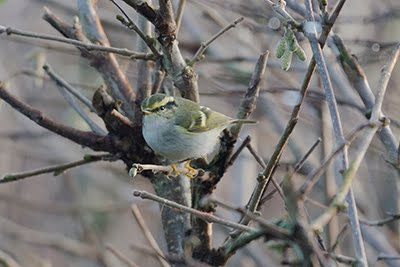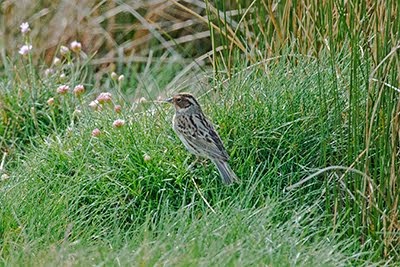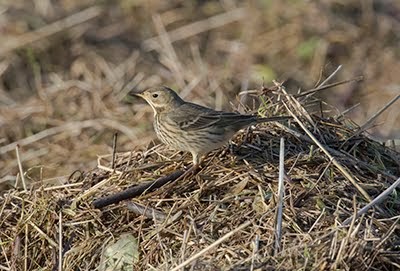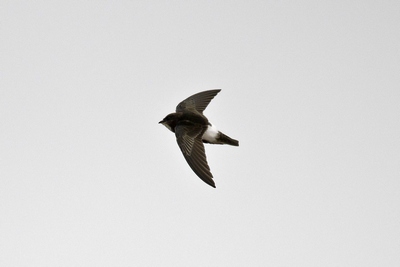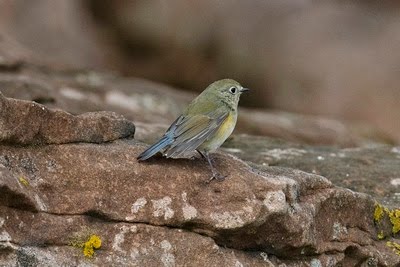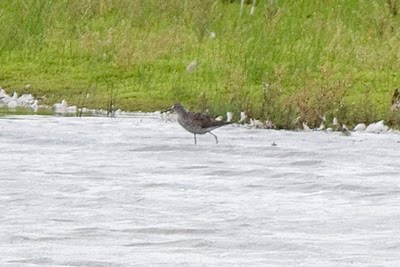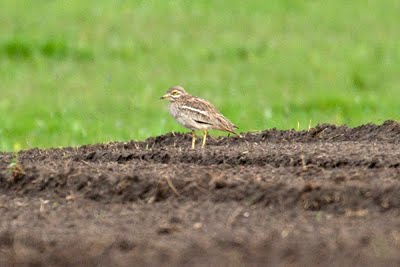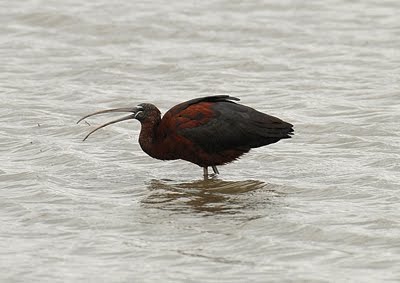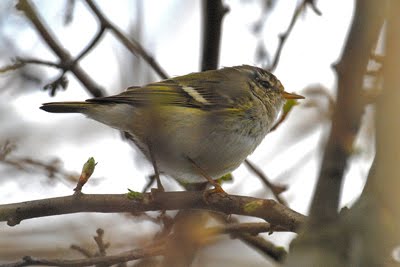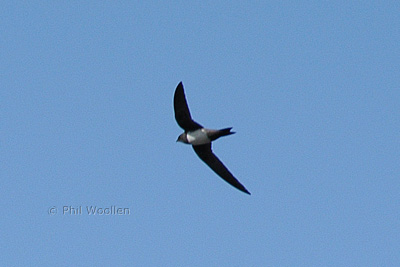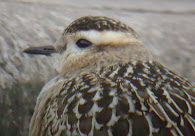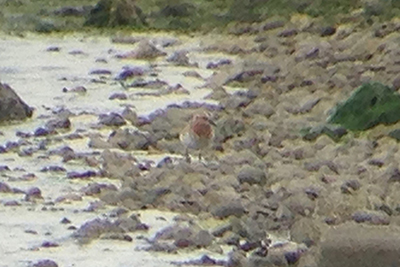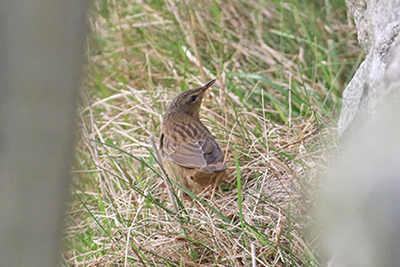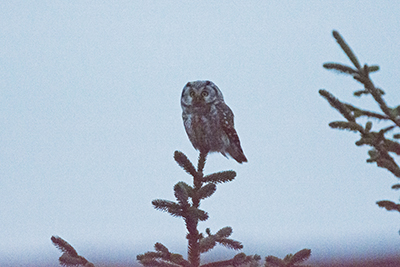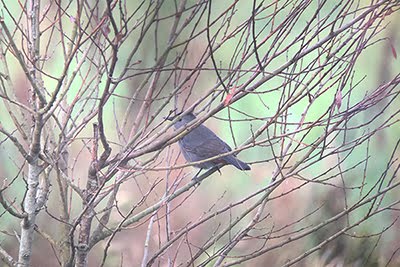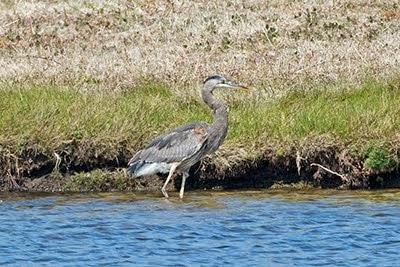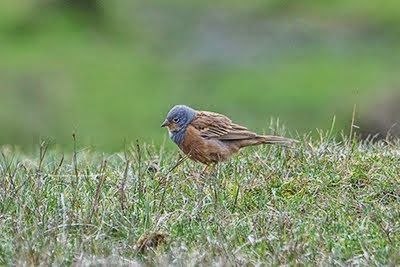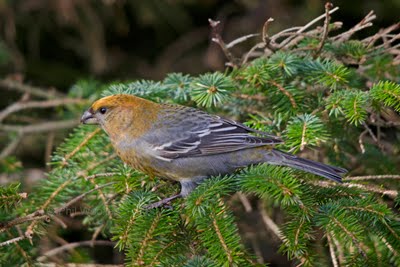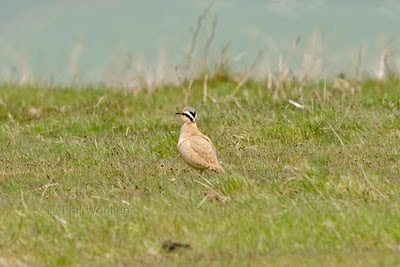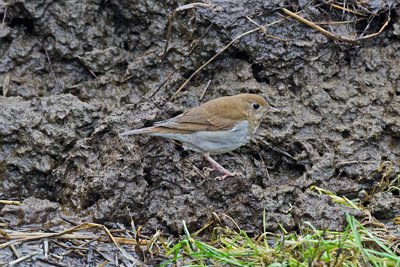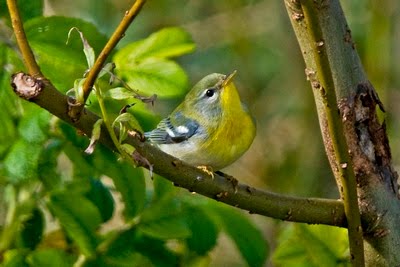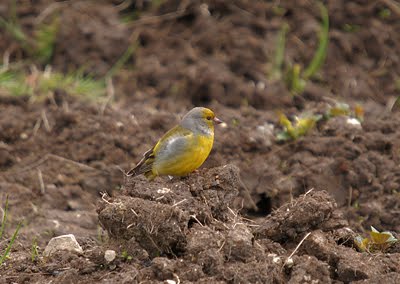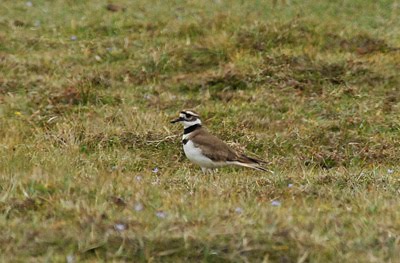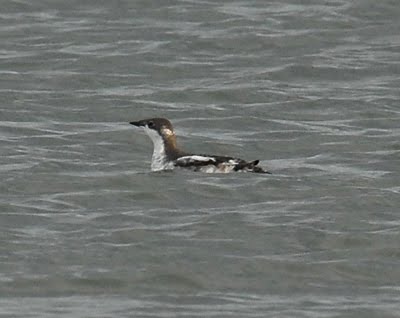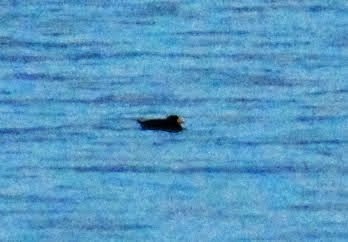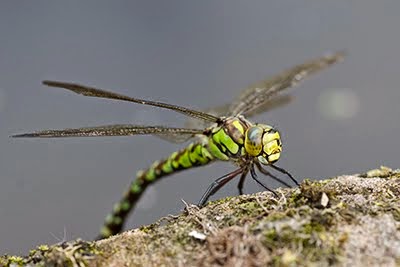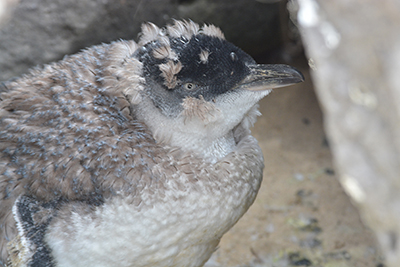What can I say? What a fascinating and diverse place to visit for someone interested in wildlife. The Mara isn’t just about the ‘big five’ - it’s a complex ecosystem on a massive scale. The Masai Mara is 1500 km sq but borders seamlessly with the Serengeti in Tanzania, which is 8 times larger, & the animals are free to roam between them.
We’d planned this trip for November 2020 just before my 60th birthday in January 2021. We’d planned a compromise between a full on safari experience followed by a week in Zanzibar to relax on the beach. Covid obviously put paid to that plan so my special birthday trip was rescheduled for 2021. The best laid plans of mice & men and all that….
Finally we were able to travel in October this year and arrived in Nairobi via Manchester Airport & Doha in the early hours of a Sunday morning after an overnight flight. We stayed in Nairobi overnight (with me starting to get to grips with the Kenyan avifauna in the hotel garden) before transferring to Wilson Airport for the hour long flight to the air strip in the Masai Mara where we were picked up by our professional guide, Hassan and his colleague Masai ‘spotter’ Sena. These guys would be with us for the whole of our stay and we’re truly great and experts in all of the Mara’s wildlife. Knowing I had a special interest in birds our journey back to the Mara Bushtops resort was interspersed with stops to view many of the local birds as well as seeing our first lions, giraffes and elephants. The sheer number of new sights to take in was overwhelming.


Mara Bushtops sits in a private 6000 acre conservancy next to the Masai Mara - again there are no fences so these animals are truly wild and can wander at will. The accommodation is in ‘posh tents’ and they are beautifully appointed. They only have a maximum of 30 guests and as we’d decided to go ‘off peak’ there were only 8 of us. The view from each tent was breathtaking - from our private terrace we could watch Elephants, Giraffes, Wildebeest, Impalas, Thomson gazelles, Topi and a whole host of birds. The restaurant overlooked a salt lick so you could breakfast watching the animals come down to lick the salty minerals. Not that we breakfasted! We were out everyday before first light, with our guides, who laid a table & set up chairs for us to have breakfast underneath a convenient acacia at 9.30 every morning. The same with lunch. At night our tent sides were closed down and hot water bottles placed in the beds to help against the chill.
 |
| View from balcony at back of reception |
 |
| Bushtops camp from the conservancy |
 |
| View from our balcony |
We did eat in the restaurant every night and tried many of the local dishes. Chef Jones & his team are geniuses and the food wouldn’t look out of place in a Michelin starred restaurant. By far the best food we had during our two weeks in Africa.
After our first lunch lunch we were told that another couple would be joining us and our guides would take us out for our first game drive. The Toyota land cruisers used seat a maximum of 4 guests and have no sides & gave tiered seats ensuring everyone has fantastic views. Our spotter, Sena sat like a king in the back on his ‘throne’ - the highest seat to enable him to look out for wildlife.
 |
| Jan alongside our Landcruiser |
We were extremely lucky to be paired with a young honeymoon couple, Bridget & Ryan, from New York who’d just come from another safari camp further north and we’re spending the next week in Mara Bushtops. They’d developed an interest in birds whilst in Africa and were as keen as I was to see as many different species. It meant we weren’t just chasing the ‘big five’. I had a couple of target species I wanted to see - Secretary Bird & Southern Ground Hornbill and they were just as eager once they saw the pictures in the guide book! Hassan & Senna were experts & helped us identify everything we saw. The safari vehicles carried field guides but I’d taken my own.
Our days started with an early morning knock on our tent with one of the staff bringing a pot of tea & croissants whilst I checked camera batteries & packed my ‘day bag’ before meeting Bridget, Ryan, Hassan & Sena in reception. Ready for our days adventure. Unlike many camps Mara Bushtops isn’t fenced so animals can get close to the accommodation. During darkness hours a local Masai security guard escorted you everywhere - these are wild animals and highly unpredictable.
Setting off in the dark in an open truck was chilly so we were thoughtfully provided with blankets & hot water bottles.
In our first day we entered the Mara through the security gates to find a lioness & 2 cubs walking down the middle of the dirt track! What a treat and the first of our many encounters with this magnificent big cat. Including one male, Jesse 2, who stalked toward our truck, peered in, (much to Jans consternation)and then scent marked the front bumper.
So began everyday. We’d booked a hot air balloon ride at dawn and were picked up by the balloon company from our accommodation and treated to a sunrise ballon flight across the Mara before being taken for a champagne breakfast. Hassan & Sena picked us up, to save having to return to Bushtops, so we had more time ‘in the field’. We created quite a bit of ‘jeep envy’ as many of the converted Landcruisers used by other companies still retained their side windows which restricted views.
During our daily excursions we were lucky enough to see most of the big five including a female Leooard who’d stashed her kill in a tree and was sleeping off her meal under an overhanging river bank. We saw several cheetahs including two brothers who’d formed a coalition and were totally unfazed by the presence of our truck.
 |
| A colation of Cheetahs - two brothers who hunt together |
 |
| Female Leopard |
 |
| Female Cheetah |
The guys found me my Secretary Bird and we watched as this leggy raptor killed its prey by stamping on it before eating it. What a bird!
We did a walking safari with two of the Masai Mara’s rangers who showed us how to read tracks & signs and took us up a hillside trail to a cave which had been used by locals for hundreds of years and had some unique cave paintings.
We had several ‘sundowners’ where we’d set off up the hills in the Bushtops conservancy to watch the sunset in front of a fire whilst drinking a beer. One one of these we memorably saw a Carracal. Something Hassan had only seen three times in his years 15 years as a safari guide.
We also did a couple of night drives where Sena used an orange lamp to pick out animals & we were extremely lucky to see two Bushbabies! The orange glow of those huge eyes!
By the time our final day came we were pretty tired. A later start was planned but Hassan suggested we set off at the usual time before returning for lunch and a bit of relaxation at the spa before setting off for an early evening drive & a ‘sundowner’.
It’s amazing how things fall into place. We arrived at the park entrance at first light. We hadn’t seen Rhino and by all accounts they’re hard to see in the Masai Mara. There’s only 40 animals left in a 1500 km sq area and they tend to hide in dense cover. Hassan & Senna knew where one could be seen but it was still incredibly lucky for us to come across a male who was heading g back up the hillside into cover after coming down to drink. We were the only people watching this lumbering juggernaut and was a truly awesome experience. I’d seen Rhino on safari whilst working in S Africa but these were ‘tame’ in fenced reserves.
 |
| Rhino wit hOxpecker on his back. He'd been in a fight and had a number of wounds over his body. |
The guys headed to an area where they knew Southern Ground Hornbill could be seen. Thick bush that was full of Buffalo. There were literally 100’s including some very young calves. That was a spectacle in itself as these lumbering beasts charged away from us then turned and stared belligerently with their poor eyesight but with nostrils twitching as they caught our scent.
We also came across a pride of Lions who'd killed and were in the process of eating a Buffalo. The adult lions were lazing around in a stupor with full bellies allowing the cubs in the pride to get their share. As Hassan said ' nothing really dies of old age in the Masai Mara'. Weak and old animas are picked off by predators. This buffalo was probably an old 'general' who'd been kicked out the herd and was living a solitary life.




Bridget called out something perched low down in a distant tree! Sena instantly called them as Southern Ground Hornbill! Cue momentary panic as I couldn’t see them - they appeared to be ground level as they were perched on the lowest branch of a tree down a slight dip. Hassan drone the truck over to where they were perched but when we got there they were gone. Suddenly I spotted them hunting in the long grass in front of us and we watched as these prehistoric looking birds stalked along occasionally stooping to snatch a grasshopper or other insect they’d spotted. There were three birds - 2 adults & a chick. An amazing sight.
We also saw a few bird species that are considered scarce or rare in the UK as well as some commoner ones. Montagus Harrier, Common Sandpiper, Wood Sandpiper, Isabelline & Pied Wheatear and, bizarrely singing, a grasshopper warbler.
In between spotting the wildlife we chatted with Hassan & Sena about their own lives. Hassan studied wildlife at college before working as a researcher and then, for the last 11 years, a guide. He had 4 children & hoped his eldest son would follow in his footsteps. Sena had two wives, as is Masai custom, and 7 children. We learnt a lot about the Masai culture. Each Masai has a front tooth removed in childhood incase they get lockjaw (tetanus). This allows milk to be poured through the gap to at least keep them alive until they recover from the disease. Sena also showed us how to age an elephant by its dung! Older elephants have worn down teeth so can’t chew their food as much so the dung contains coarser bits of fibrous vegetation. We also learnt how to make fire the Masai way with one piece of hard wood & a softer piece - the friction causes the wood to smoulder and the embers are used to ignite dry elephant dung.
 |
| Lilca-breasted Roller - the national bird of Kenya |
 |
| Pumba! The Kenyan Express |
 |
| Spotted Hyena cubs at den |
 |
| Rosy-throated Longclaw |
 |
| Grey-crowned Crane - the national bird of Uganda |
 |
| Borderr between the Masai Mara (Kenya) and Serengeti (Tanzania) |
I’ve thought long & hard about our carbon footprint and we’ve recently installed a full solar system at home to reduce our reliance on fossil fuels - this was before the current energy crisis. Flying all the way to Africa is an indulgence we can afford. Many Kenyans are very poor. The Masai Mara is protected and no hunting is allowed. Tourism helps protect the animals that live there and stops development & the spread of farming. There is no social security in Kenya and during covid people had no financial support from the government. Tourism provides much needed jobs and income - from the camps & their staff, the park rangers, the guides & spotters and local farmers who supply a lot of fresh produce to the camps. The concession we stayed in is leased off the Masai. They gain an income from it and are allowed to graze their cattle & goats in certain areas. The government recognises the importance of tourism and the Masai are paid for any animals lost to predators.
 |
| Bushtops camp from the air as we flew back to Nairobi |
The Masai Mara & Mara Bushtops was fantastic. Everything I'd hoped it would be and the experience of a lifetime. I really can't see how any other safari experience can top it!We'd love to go back one day but theres so many other things we want to see as well. We left Kneya with part of our hearts left behind.....




















































